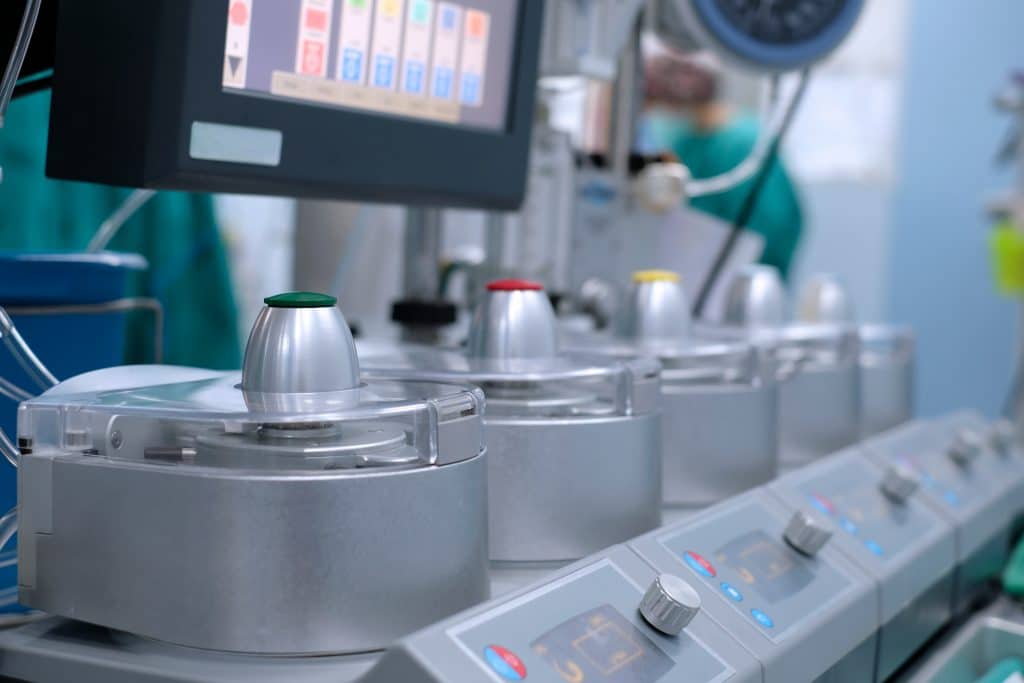Air, Inflammation and Biocompatibility of The Extracorporeal Circuits

The inflammatory response in cardiac surgery using extracorporeal circulation (ECC) has been widely discussed in the literature with analysis on cytokines released in humans; demonstrating manifold trigger causes. To mitigate this response—mainly linked to the contact and recognition by the blood of a “non-self” surface—many efforts have been made to make the circuits of the extra-corporeal circulation “biomimetics”; trying to emulate the cardio-vascular system. In other words, biomedical companies have developed many biocompatible products in order to reduce the invasiveness of the ECC. One of the techniques used to reduce the contact of blood with “nonself” surfaces is the “coating” of the internal surfaces of the ECC. This can be done with phospholipidic, electrically neutral, and heparin derivates with anticoagulant activity. The coating can be divided into two categories: the “passive coating” with Phosphorylcholine by biomedical companies and the administration of albumin added to the “priming” during the filling of the circuit by the perfusionist. Alternatively, we have the “active” coating: treatment of the internal surfaces in contact with the blood with neutral proteins and heparin. The latter are different according to the production company, but the aim is always to maintain high levels of systemic and local anticoagulation, inactivating the “contact” coagulation between the blood and the surfaces. A recent study demonstrates that the use of an “active coating” is associated with better preservation of the endothelial glycocalyx compared with “passive coating” circuits.
